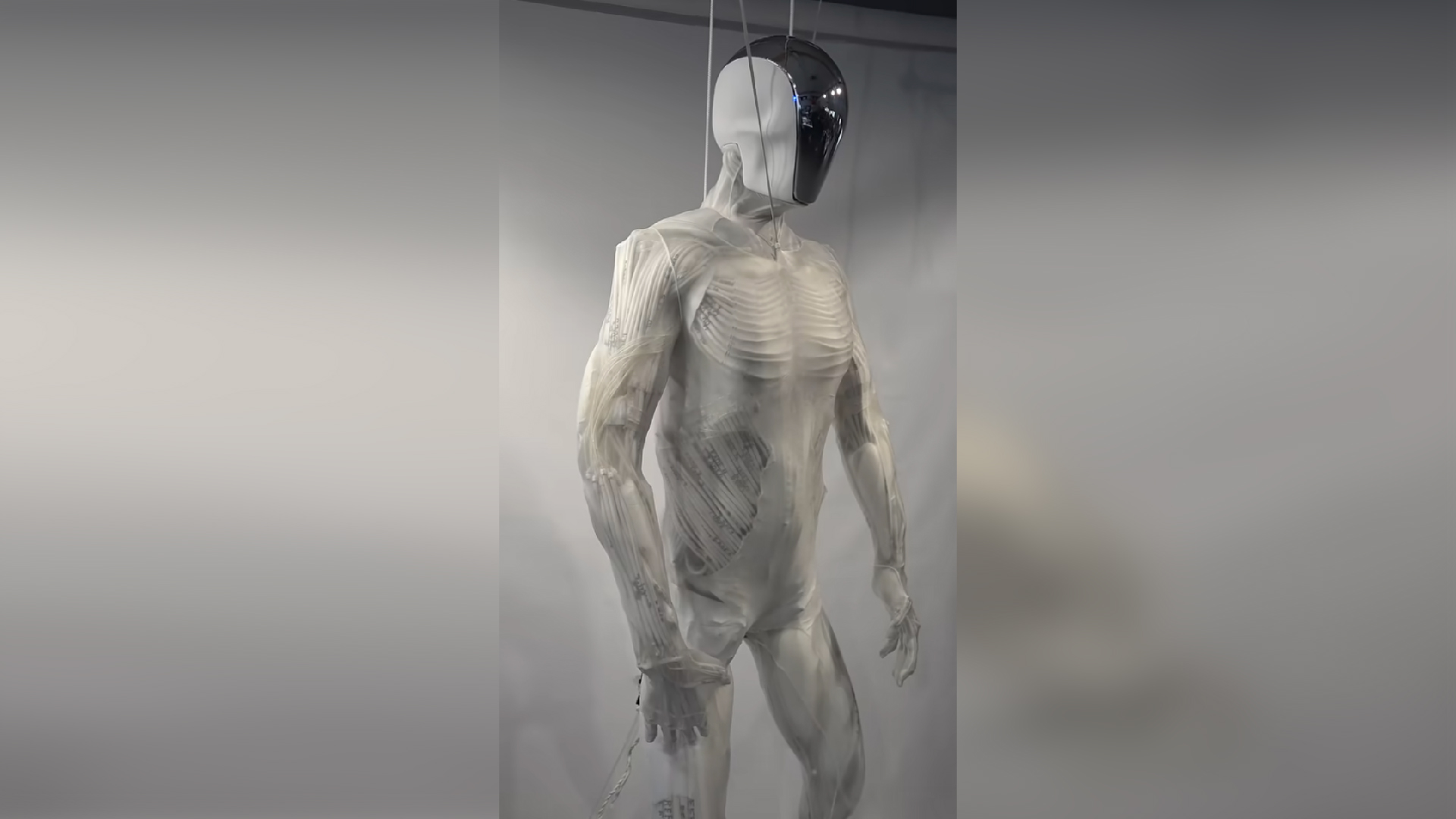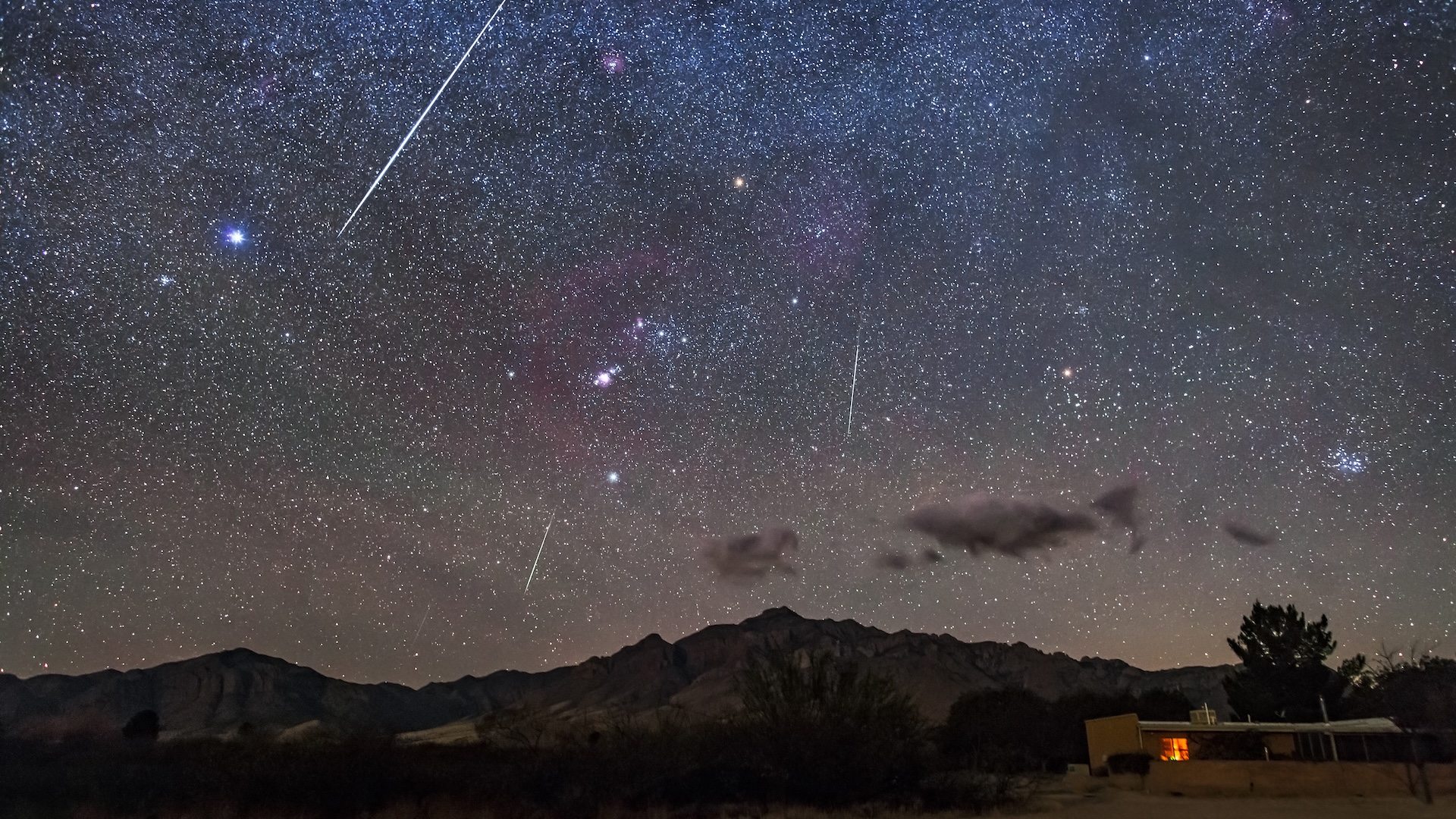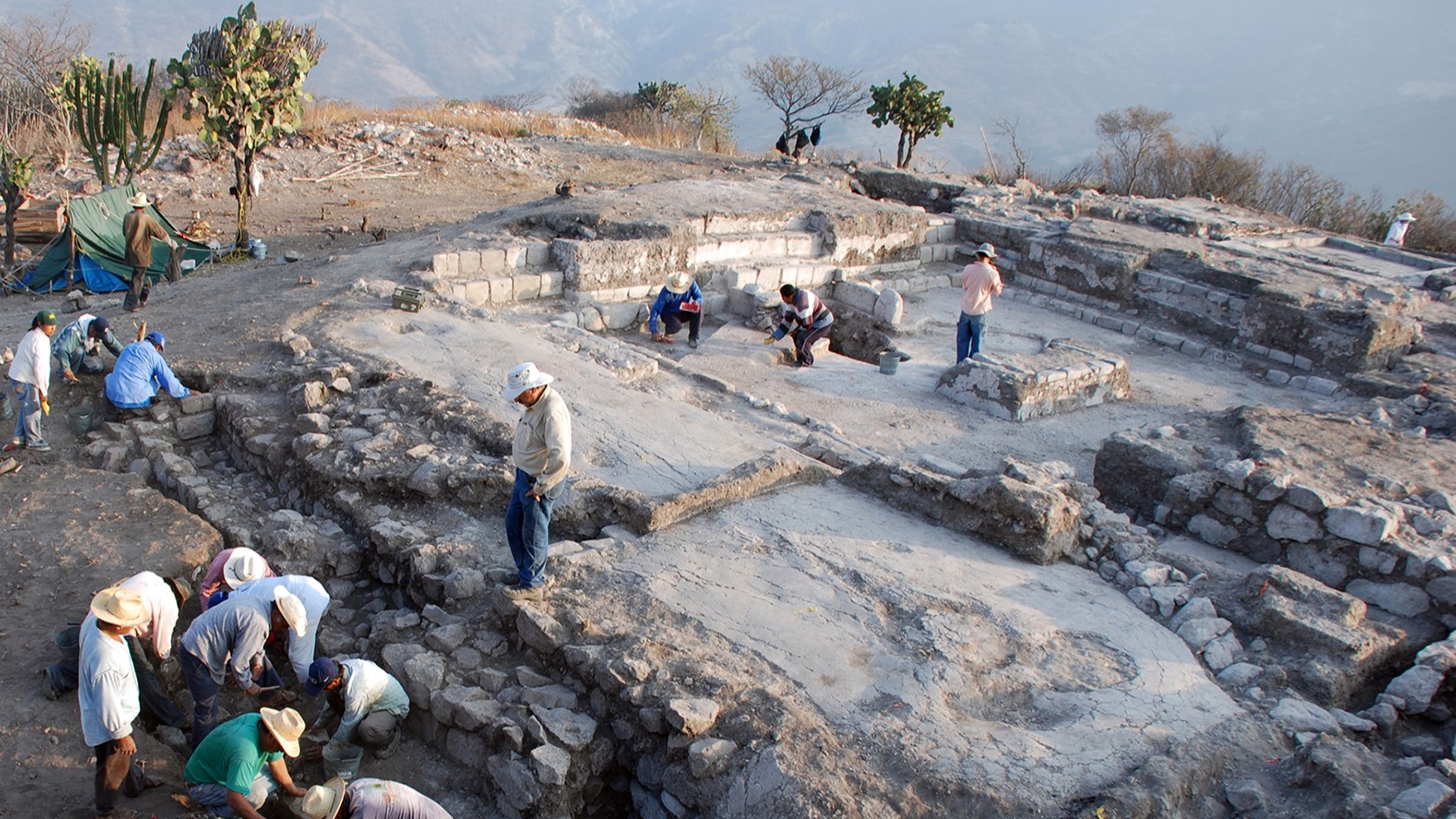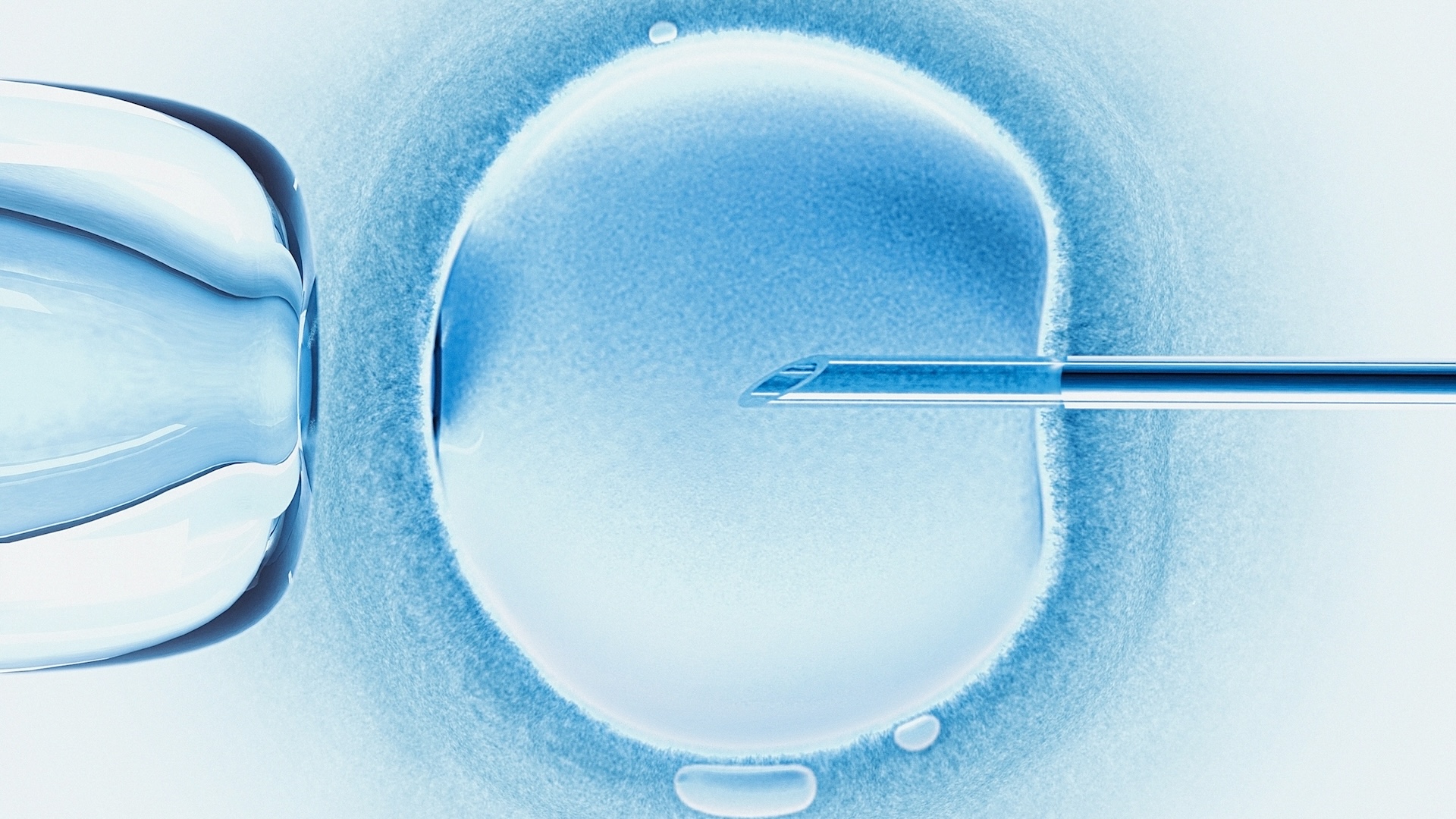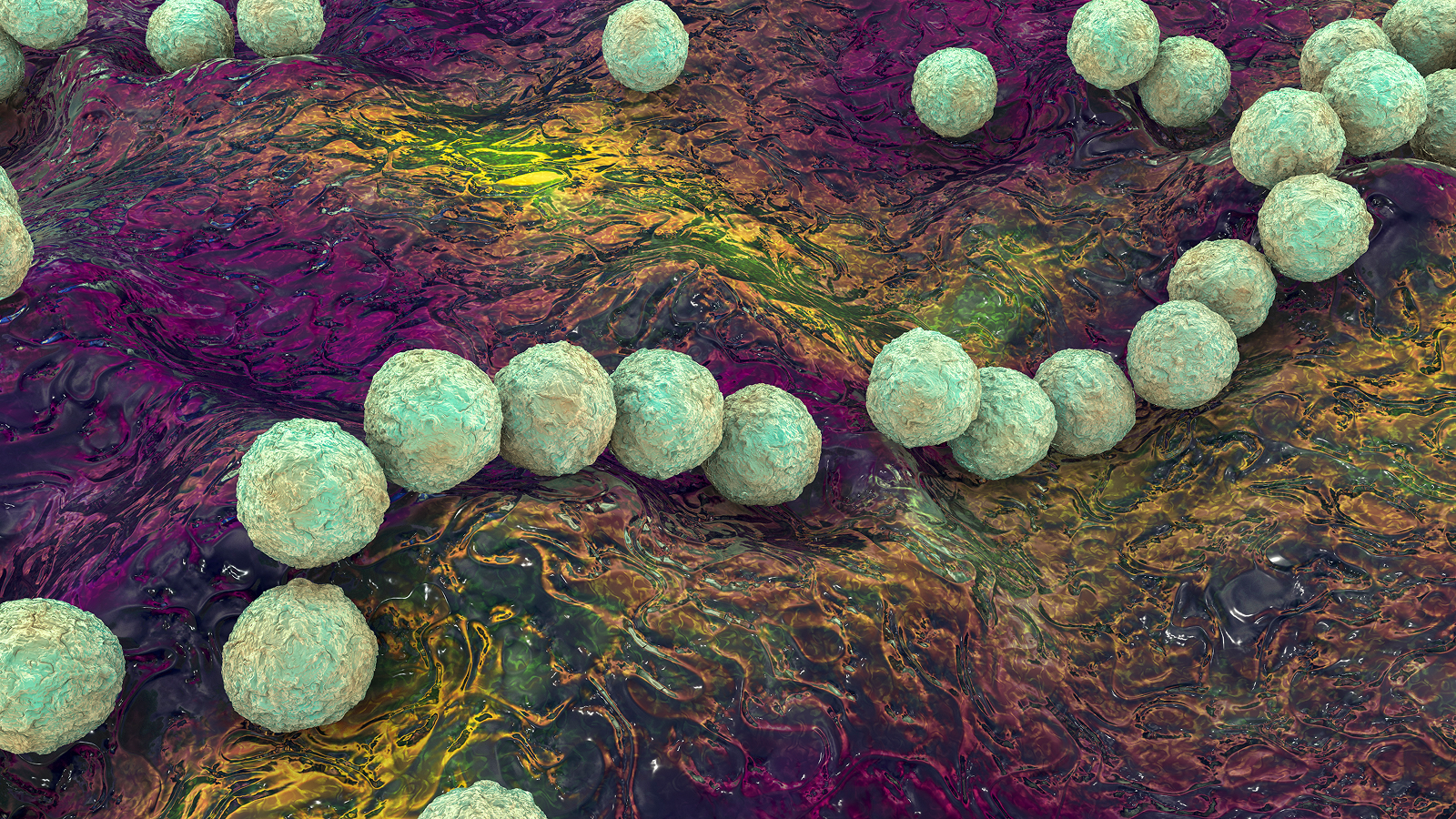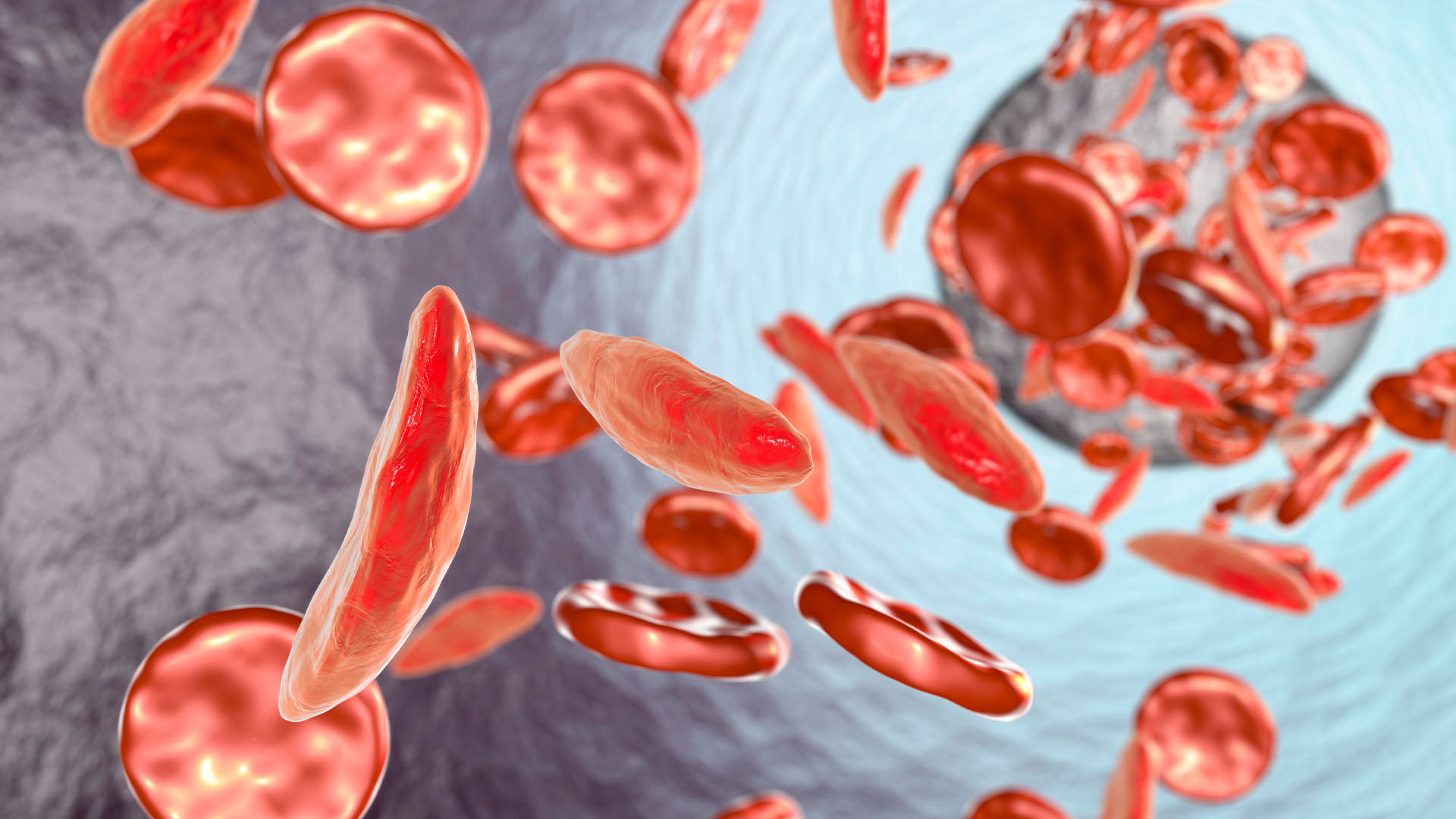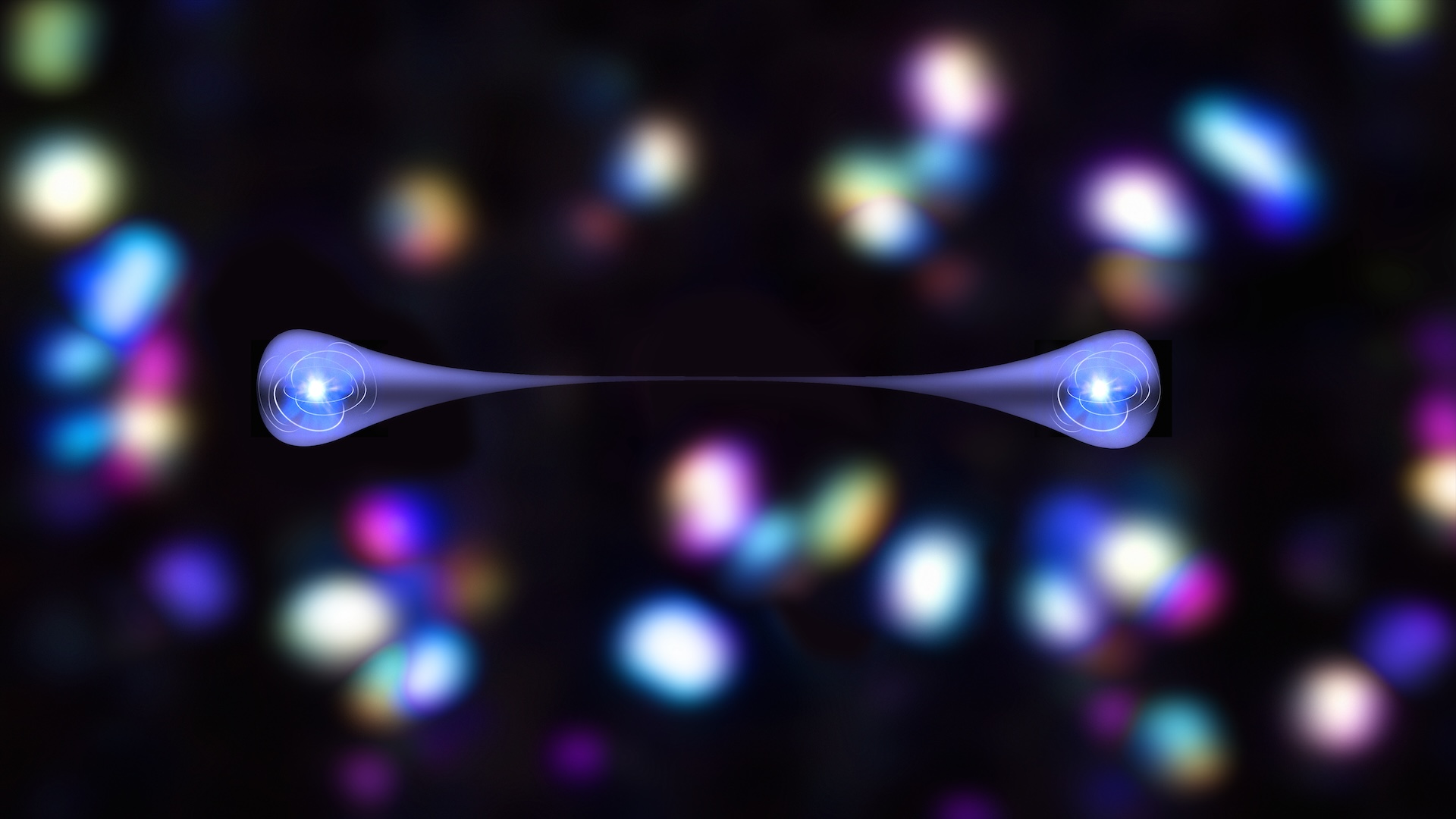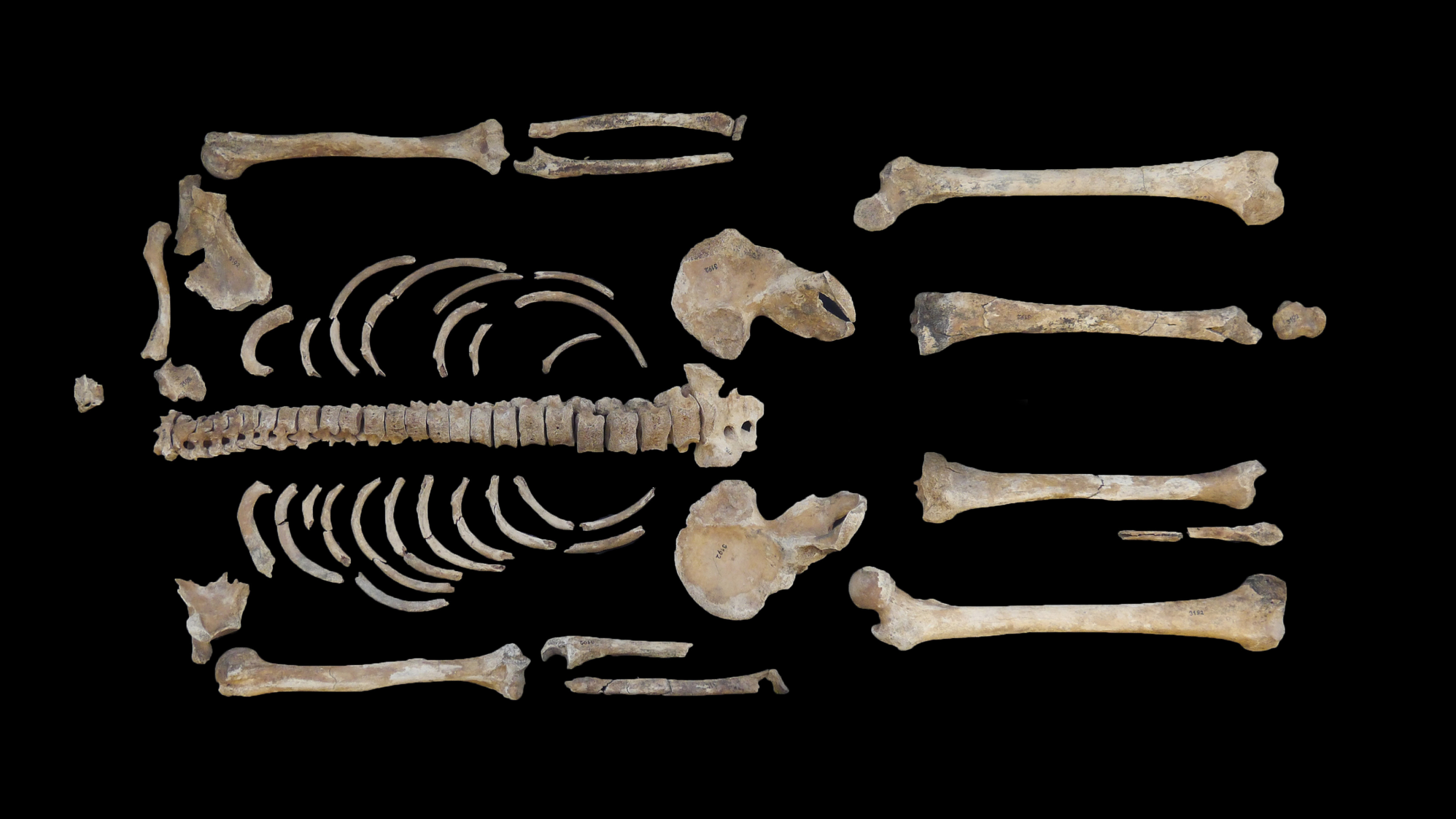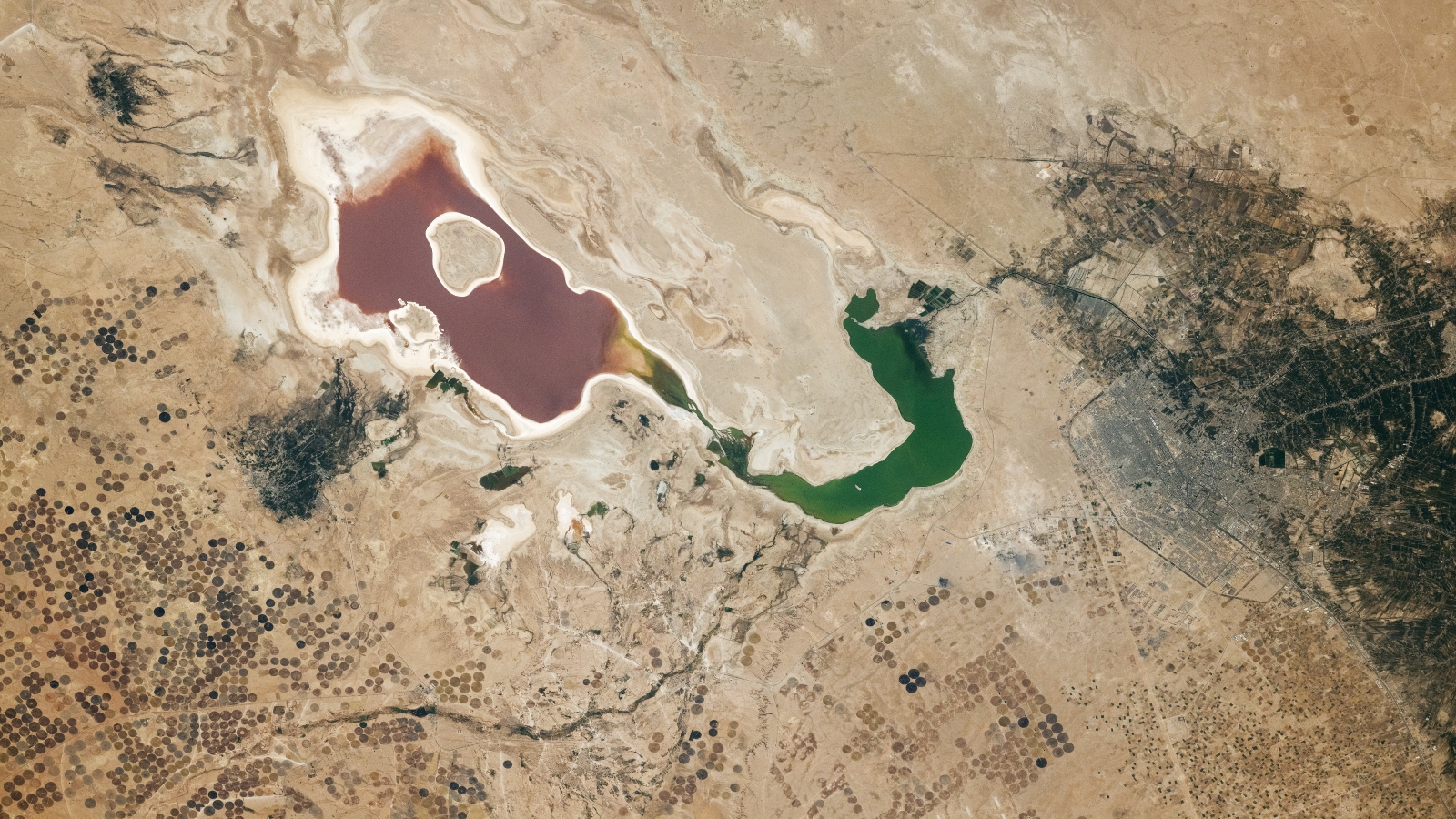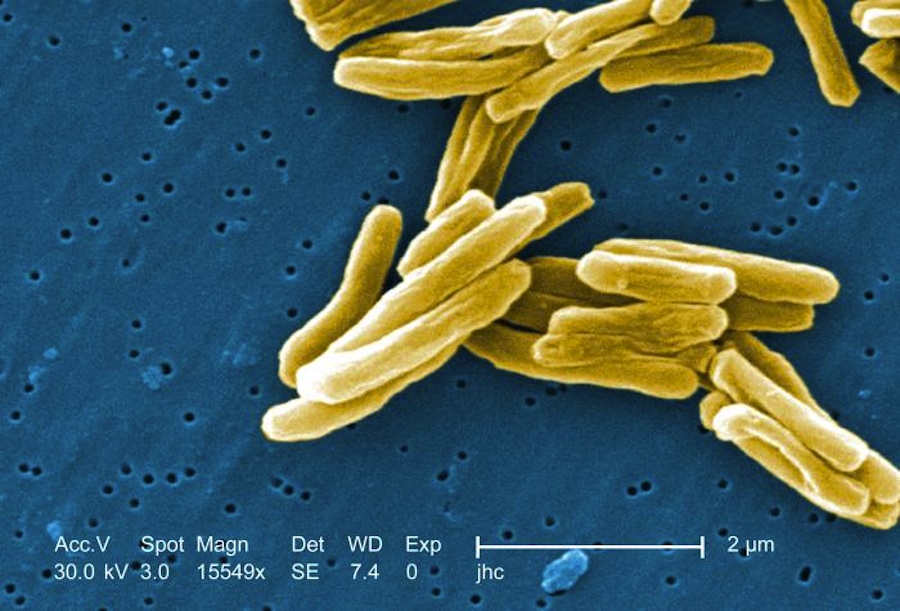
Janice Carr at the Centers for Disease Control and Prevention snapped this colorized scanning electron micrograph (SEM) photo of the Mycobacterium tuberculosis, which causes Tuberculosis.
The bacteria attack the body, begin to multiply and destroy tissue. They typically attack the lungs and can actually create a hole in the lung tissue.
The bacteria are typically spread through the air, and so can be spread from one person to another when an infected individual coughs, sneezes or otherwise releases the bacteria into the air. Some people develop active TB disease soon after becoming infected, before their immune system can fight off the bacteria. Other people may get sick later, if their immune system is weak. If not treated properly, tuberculosis can be fatal.
Follow LiveScience @livescience, Facebook & Google+.
Sign up for the Live Science daily newsletter now
Get the world’s most fascinating discoveries delivered straight to your inbox.

